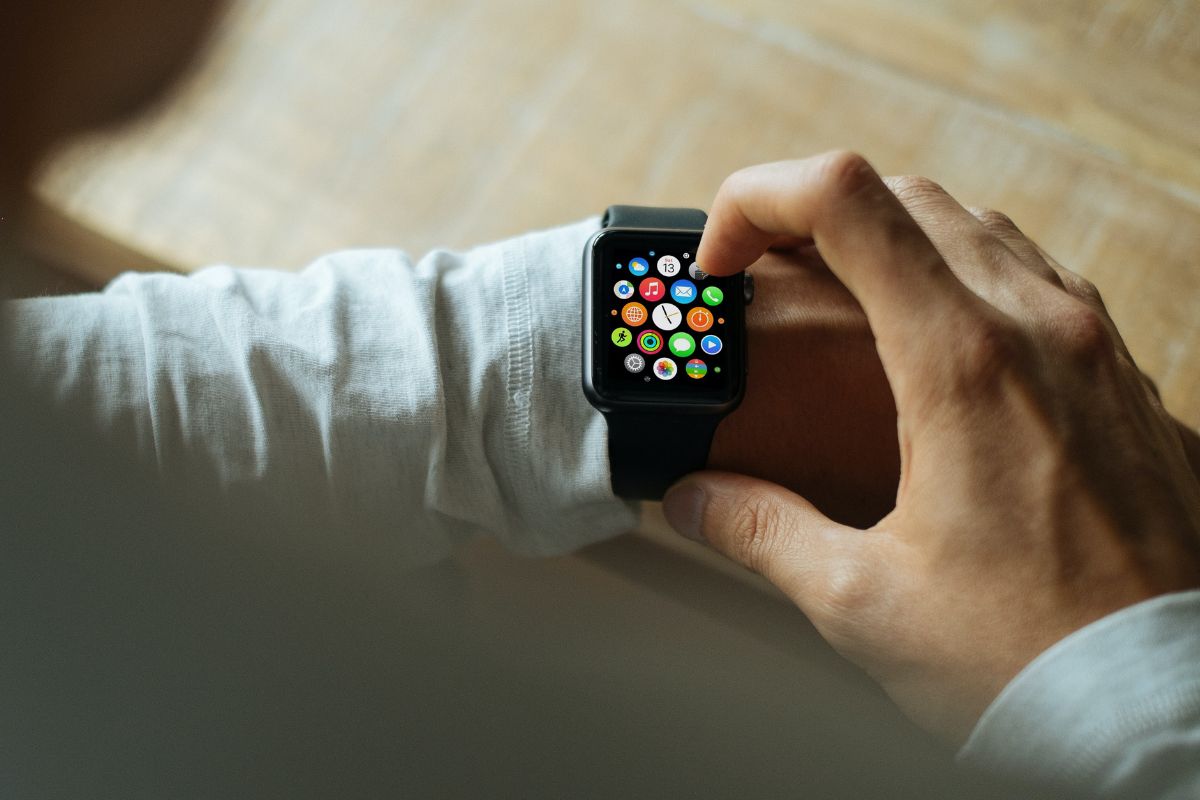WhatsApp has officially released its autonomous app for smartwatches operating on Google’s Wear OS, following extensive anticipation and extensive beta testing. Meta CEO Mark Zuckerberg made the announcement, revealing that the WhatsApp app for Wear OS enables users to initiate new conversations, respond to messages, and even participate in VoIP calls without the need for their paired smartphone.
Starting today, the app will gradually roll out to global users and is fully compatible with smartwatches running Wear OS 3. It empowers users to effortlessly send and receive text and voice messages, utilize emojis, and make use of quick replies, all directly from their wristwear.
This groundbreaking move opens up a host of exciting possibilities for users, allowing them to enjoy the full WhatsApp experience directly from their wristwear.
The standalone smartwatch app empowers Wear OS users to access and interact with WhatsApp’s array of features effortlessly. Whether it’s sending and receiving messages, staying updated with conversations, or even receiving notifications right on their wrists, this integration promises to make communication more seamless and convenient.
The app’s design takes full advantage of the unique capabilities of Wear OS devices, providing an intuitive and user-friendly interface for smooth navigation and interaction. Users can now stay connected with their friends, family, and colleagues without needing to pull out their smartphones constantly.
As WhatsApp continues to push the boundaries of innovation, this standalone smartwatch app marks another significant step in enhancing the overall user experience. With the combined power of WhatsApp and Wear OS, staying connected on the go has never been more effortless.
During Google’s developer-focused I/O conference in May, the company made a significant announcement regarding the release of WhatsApp’s dedicated app for Wear OS. Initially introduced as a beta version, the app was highly anticipated and expected to become publicly available in the near future.
The I/O keynote also highlighted the introduction of enhanced Wear OS applications from third-party developers, including popular names like Spotify and Peloton. Furthermore, Google unveiled enhancements to its proprietary applications, including Google Home, Gmail, and Calendar, with the primary goal of offering a revitalized user experience for Wear OS-based smartwatches.
In contrast, to Wear OS, Apple’s watch OS currently lacks a standalone WhatsApp app. Consequently, Apple Watch users have access to a more limited WhatsApp experience, lacking native options to send messages or make calls via the smartwatch. However, users can still view incoming messages and respond to them using the Apple Watch’s screen if they have enabled appropriate notification settings on their iPhones. Despite this limitation, the Apple Watch has maintained its dominant position in the overall smartwatch market for a considerable period.
In a bid to challenge the Apple Watch’s prominent position, Google is actively enhancing Wear OS and expanding its ecosystem with new manufacturers, applications, and user experiences. During the I/O keynote, the Android developer proudly announced Wear OS as the world’s fastest-growing smartwatch platform, boasting an impressive five-fold growth rate since the launch of Wear OS 3 in 2021.



